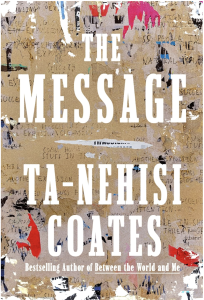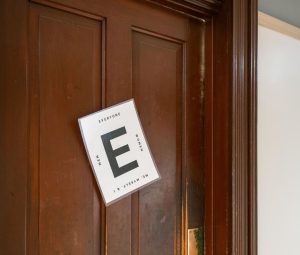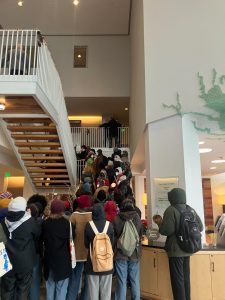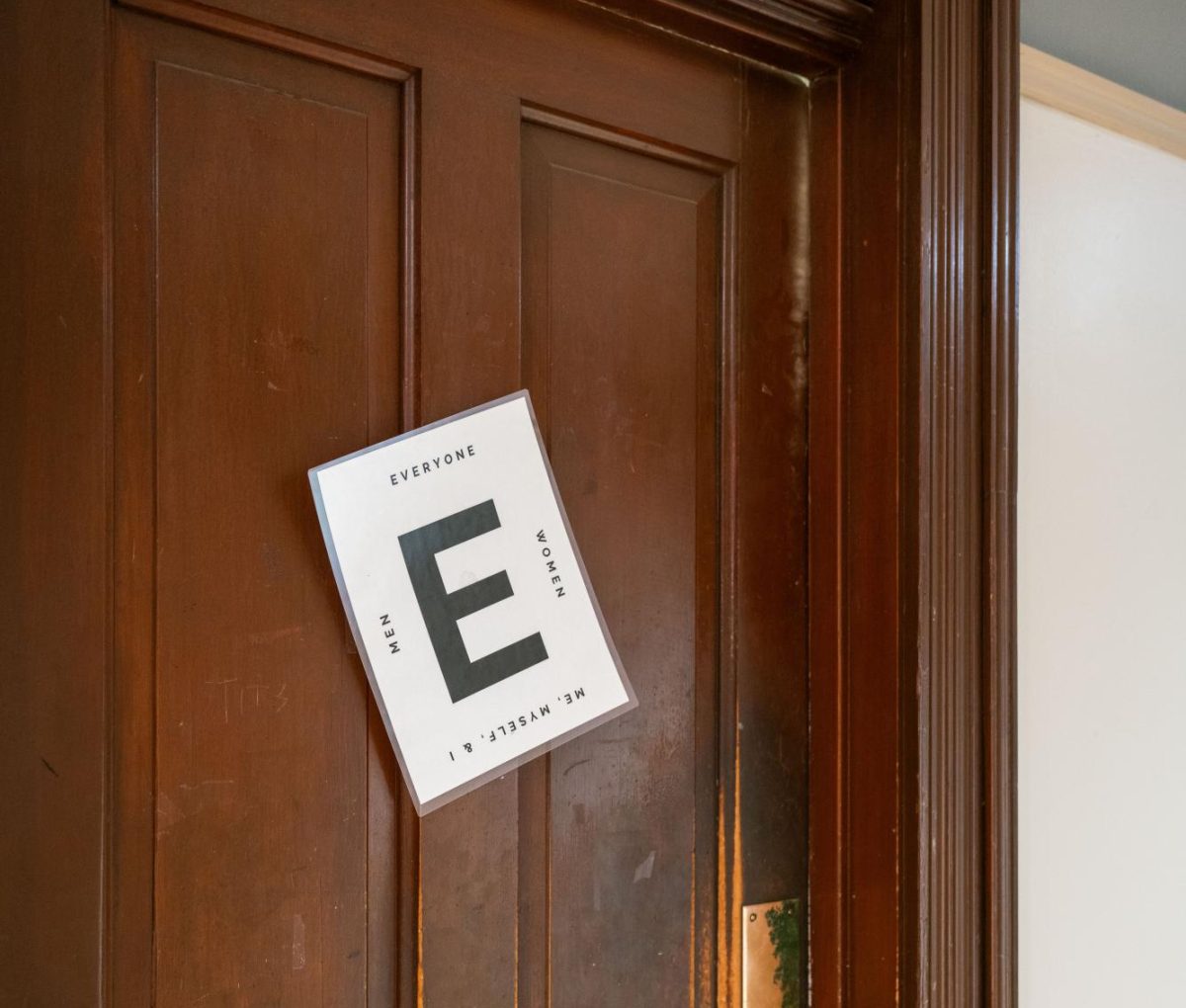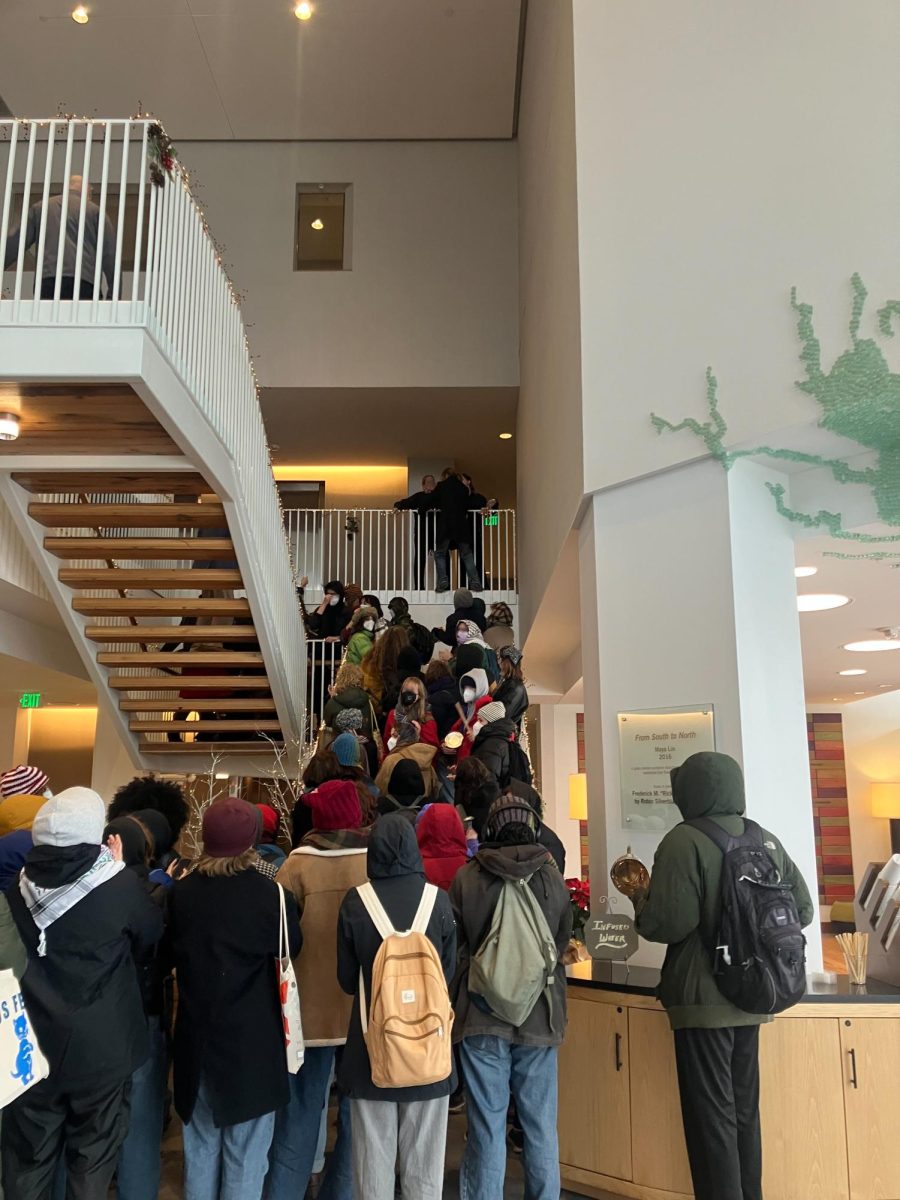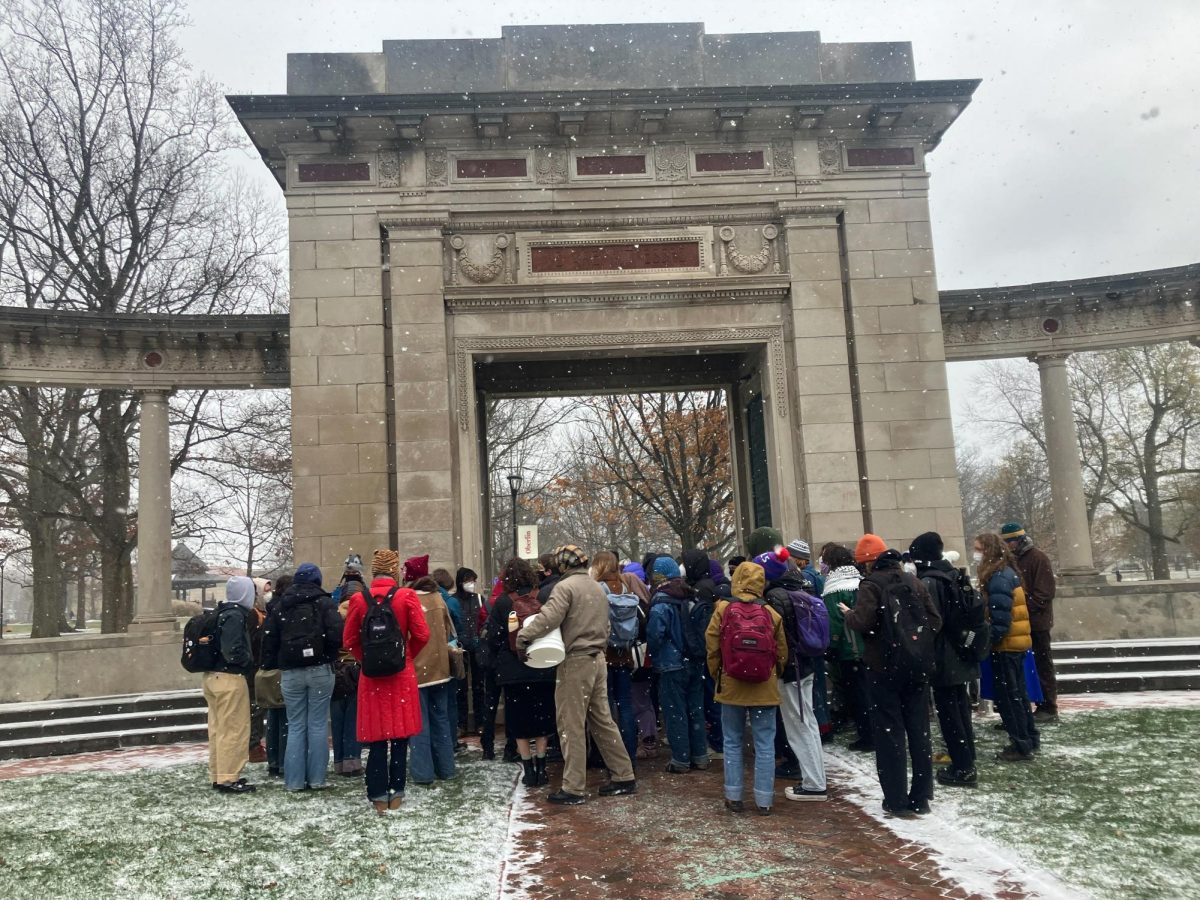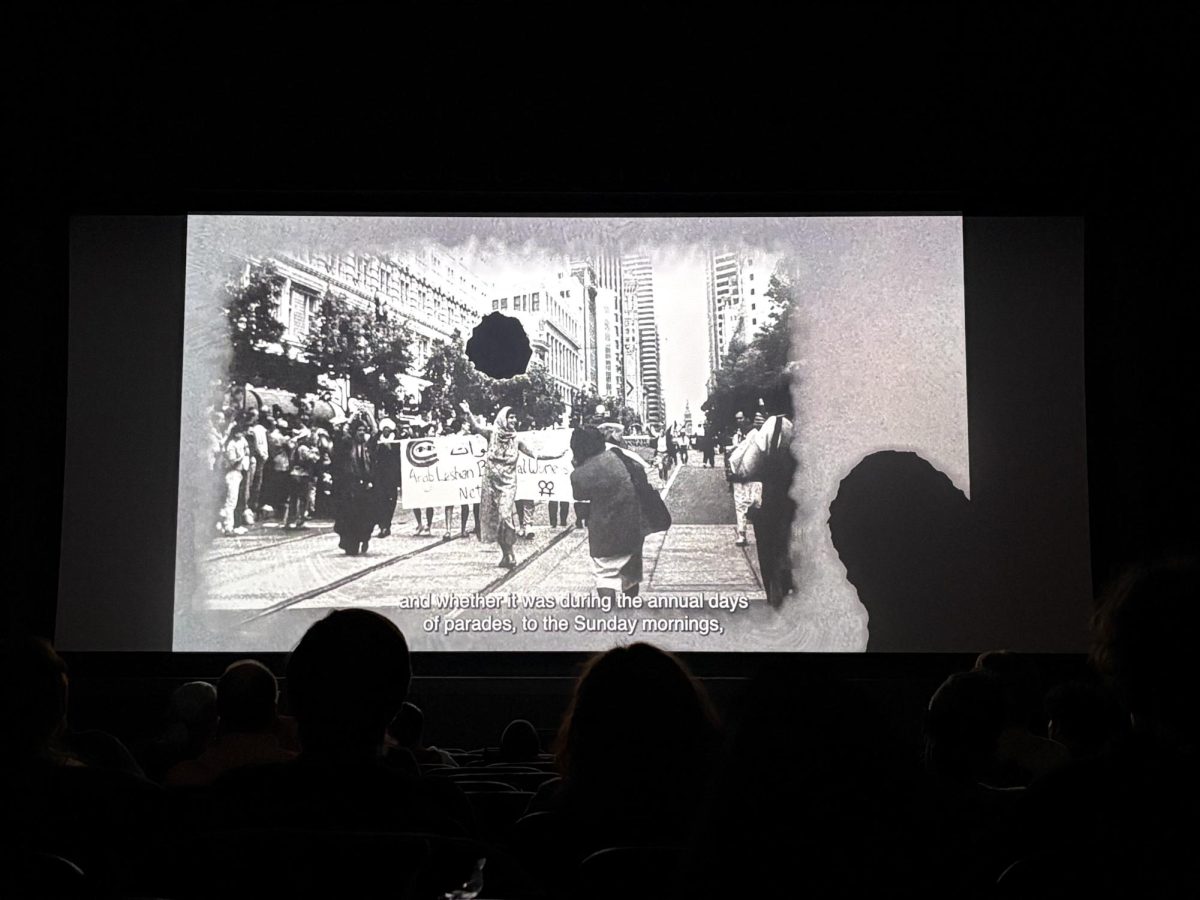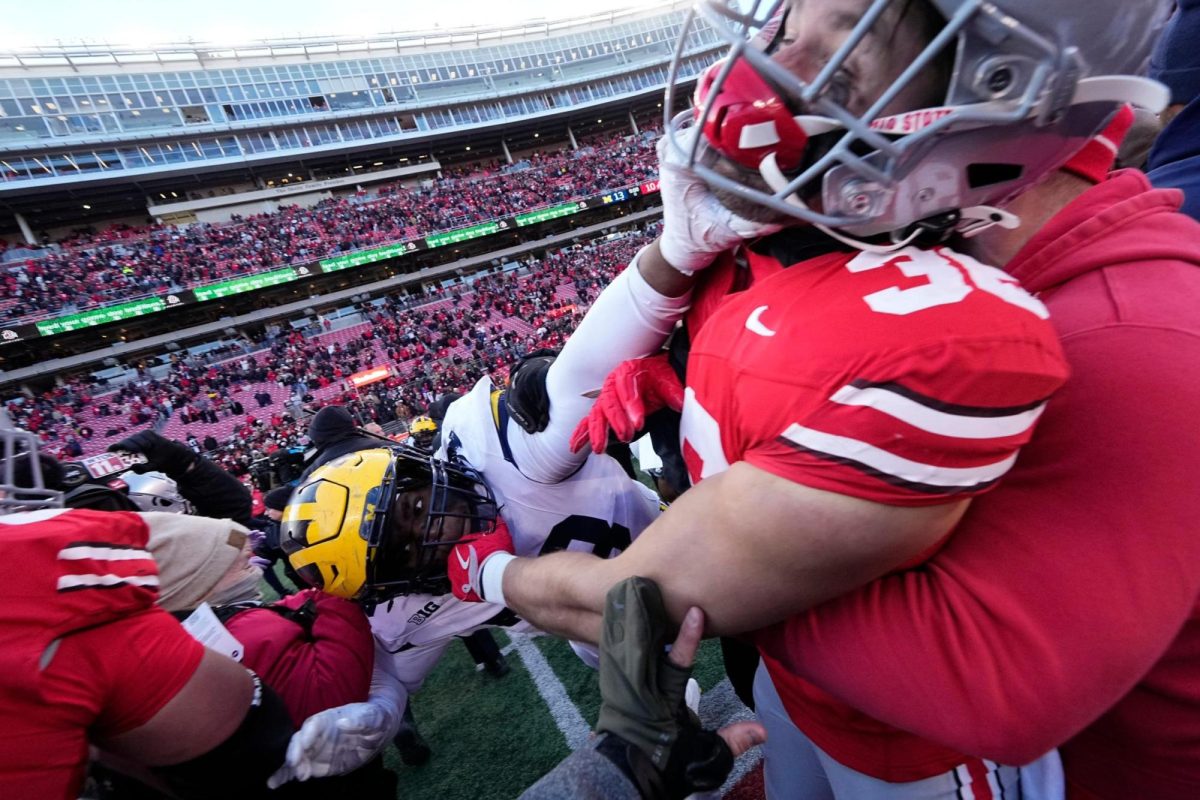Voting by Mail Removes Barriers to Polls
December 2, 2016
November’s election gave Republicans control of the White House, Senate and House of Representatives for the first time since 2007. On the state level, Republican governors and legislators across the country have enacted voting restrictions, such as strict voter ID laws and restricting early voting. Now, President-elect Donald Trump’s administration will have the opportunity to make that platform national.
Any action, legislative or otherwise, that seeks to disenfranchise voters must be met by vigorous resistance. In the coming years, it will be especially important to be aware of attempts to discourage democratic participation on a national level, particularly as important legislation like the Voting Rights Act of 1965 hangs in the balance.
The importance of easy and accessible voting for everybody was impressed upon me as a fellow for the Hillary Clinton campaign office in Oberlin. One of my campaign responsibilities was to canvass, going door-to-door in Oberlin and nearby communities to encourage Clinton supporters to make a plan to vote.
One canvassing experience in particular sticks out in my memory. I walked up the driveway to an Oberlin home and knocked on the door. An elderly woman answered, a little suspiciously. I introduced myself as a volunteer with the Clinton campaign and asked if she had made a plan to go vote.
She waffled, going on about how it was difficult for her to get out of the house to go down to the polls. I asked if she would like to request an absentee ballot and vote by mail instead of in person.
Her eyes lit up, and she asked how she could get an absentee ballot. I told her I had the application with me and that I would be happy to fill it out with her. She invited me in, and we took five minutes to make sure that her voice would be heard in one of the most important elections in modern American history.
I don’t tell this story to pass myself off as some kind of voter enfranchisement hero. Instead, I want to highlight the fact that, had no one come to her door, this woman may not have voted in this election at all.
All U.S. citizens over the age of 18 have the right to vote, unless if they have been convicted of a felony or if they have been declared mentally incompetent in some states, but that right is different from the actual ability to exercise it.
In 2013, the Supreme Court struck down key elements of the Voting Rights Act, which was originally passed to combat regionalized voter suppression, particularly in the South. The Court’s ruling meant that states now had the ability to change their voting laws without seeking federal approval. This decision led to the closure of many polling locations, as well as stricter voter ID laws in many states. This year’s election was the first presidential election without the full protections of the VRA since it was signed into law in 1965. It’s impossible to know if the gutting of the VRA significantly impacted the outcome of the election, but it is clear that the ability of many citizens to vote in this year’s election was compromised, largely due to this 2013 ruling.
As was the case in many places across the country, Ohio voters — including the woman whose door I knocked on — faced new difficulties voting this year. For example, Golden Week, a period of five days in early October during which voters could register and vote simultaneously, was eliminated by Ohio’s Republican Secretary of State Jon Husted. Secretary Husted also failed to mail absentee ballot applications to more than one million Ohio voters.
These are just two examples of how it is becoming increasingly difficult to vote in Ohio. Under Secretary Husted, voting restrictions are specifically targeted to suppress minorities and young people, who typically lean Democratic.
This is why the way that voting happens in the state of Ohio and across the entire country must change. As a model of better voting practices, we can look to my home state of Oregon, where everyone votes by mail. Every election, ballots are mailed to the home of each registered voter. People can research candidates and ballot proposals from home and fill out their ballots on their own time. Then, when they’re ready, they either mail the ballot back or drop it off at any designated drop-off location.
Mail-in voting works. It works because many of the barriers that impede people from voting — including proximity to polling locations and long lines — are removed.
The numbers back this up. According to early estimates from The Oregonian, nearly 80 percent of registered voters in Oregon voted this year — and that was the state’s lowest turnout rate since it instituted vote by mail in 2000. By comparison, about 70 percent of registered voters in Ohio voted in both 2008 and 2012, according to the Ohio Secretary of State website. Data has not yet been released for 2016.
There are several arguments against vote-by-mail systems, but none of them pass muster. Most arguments revolve around the perceived potential for voter fraud, since opponents contend that a vote-by-mail system is less secure. There are also concerns that ballots will be lost or misplaced in the process of being mailed back in.
In the 16 years since Oregon implemented vote by mail, none of these issues have impacted an election. Indeed, according to a 2004 study published by the American Political Science Association, 81 percent of Oregonian voters prefer the vote-by-mail system to voting at the polls. So not only is vote by mail effective in motivating high voter turnout, it maintains the integrity of the electoral process and is wildly popular.
It is unlikely that national vote by mail legislation would make it through a conservative Congress or the Trump White House. However, in July, Oregon Senator Jeff Merkley proposed a national vote-by-mail bill, which will hopefully help catalyze similar action on the state level. Instituting voting by mail in Ohio and elsewhere would be an important step towards ensuring that everyone who has the right to vote has the ability to vote.



